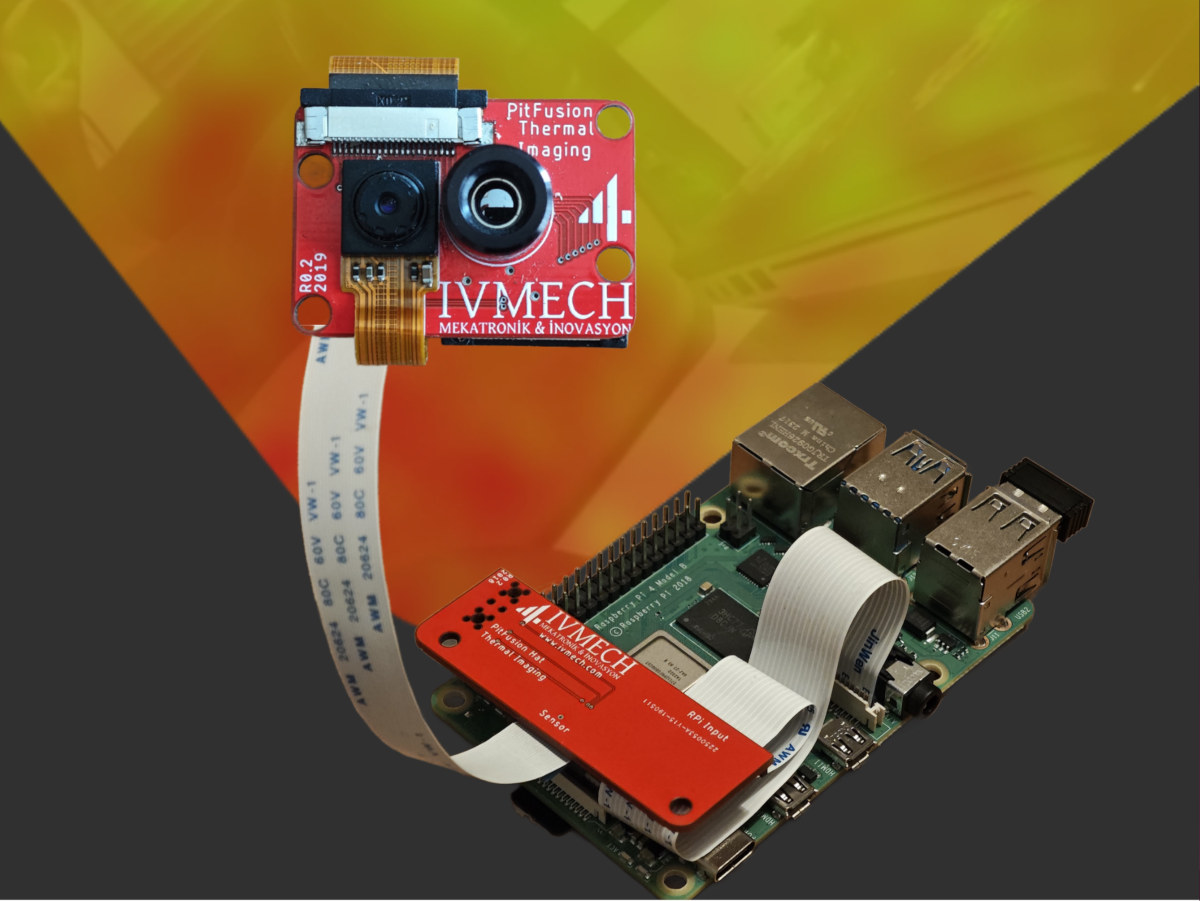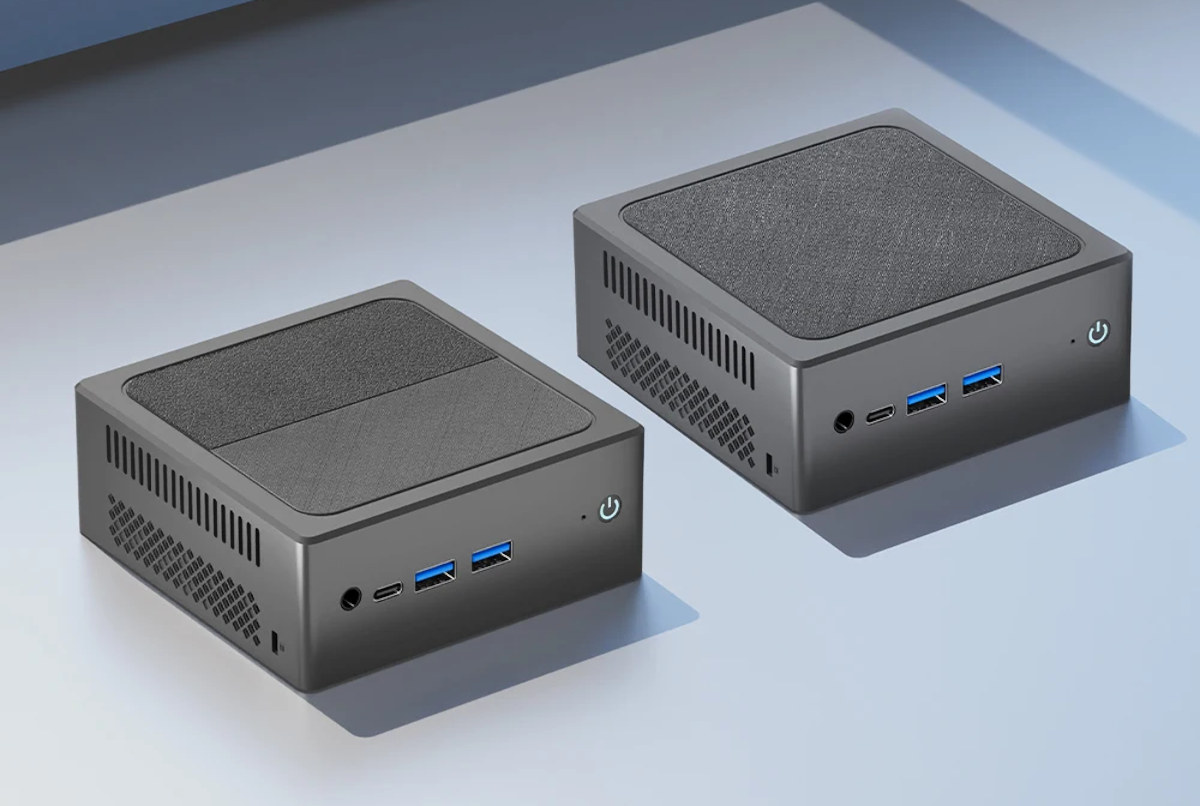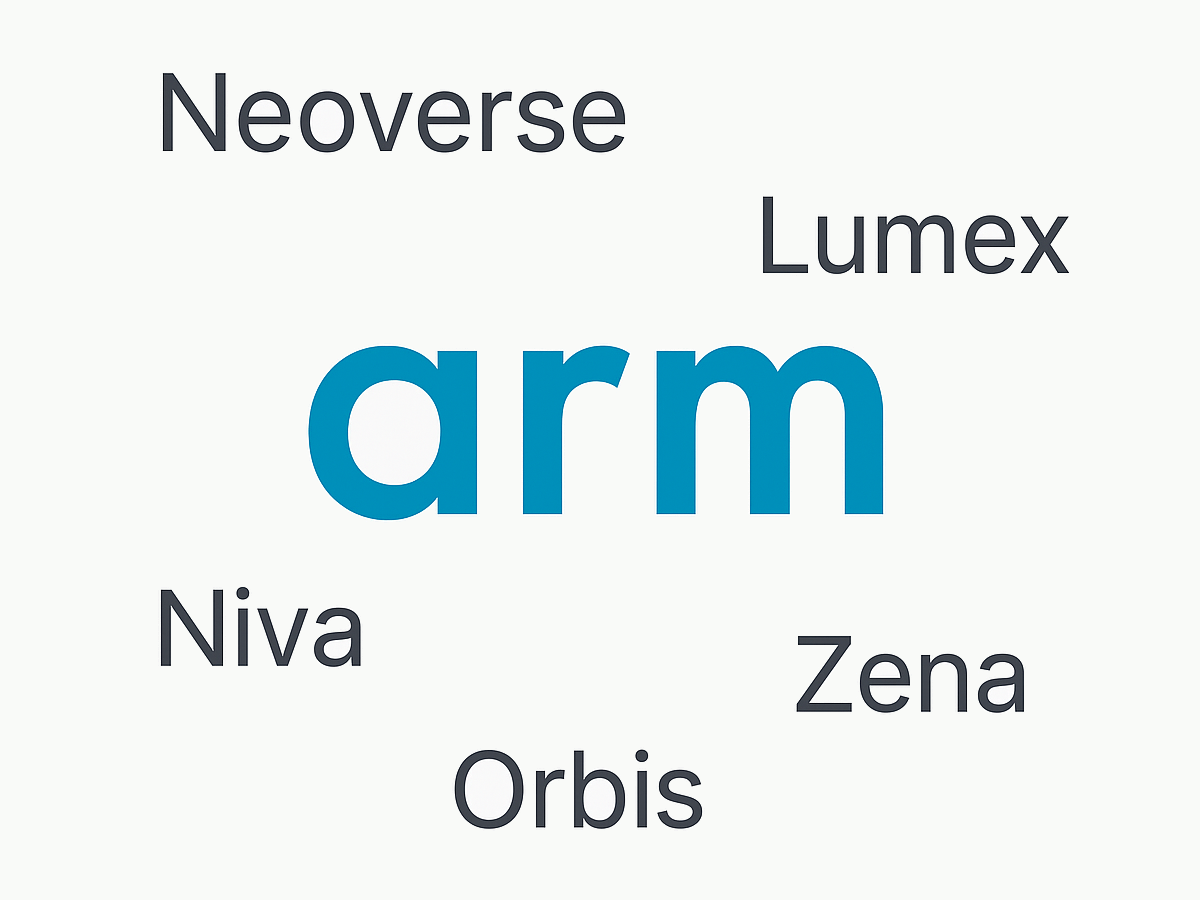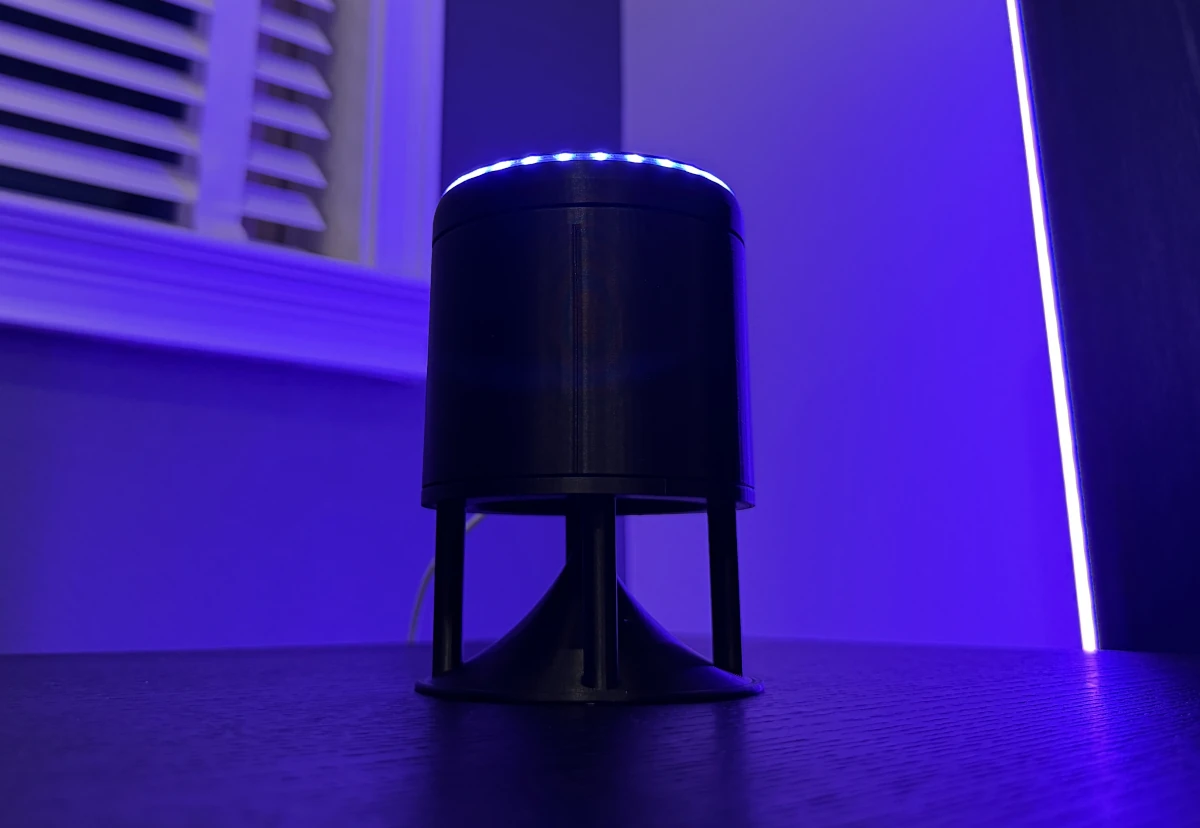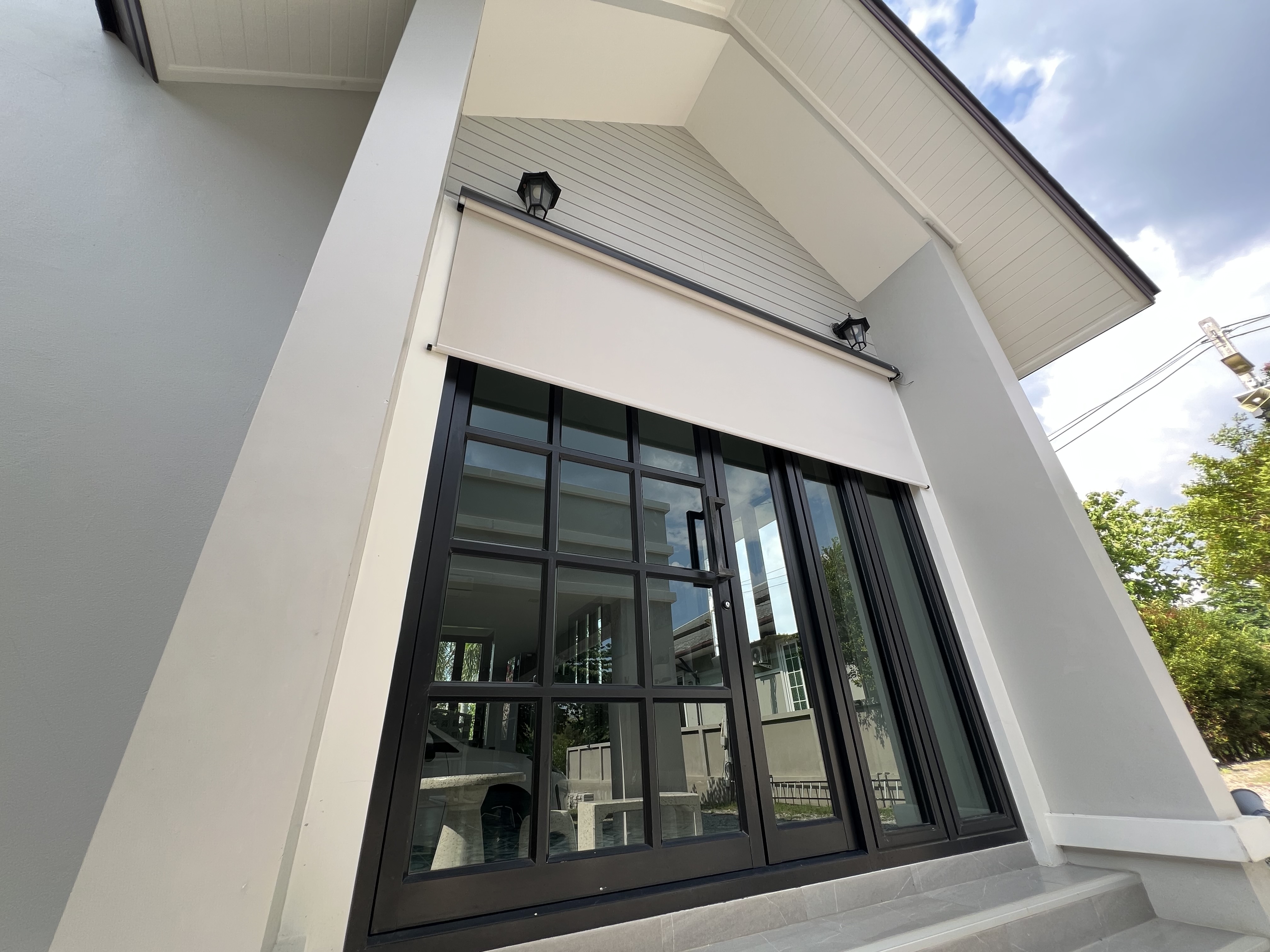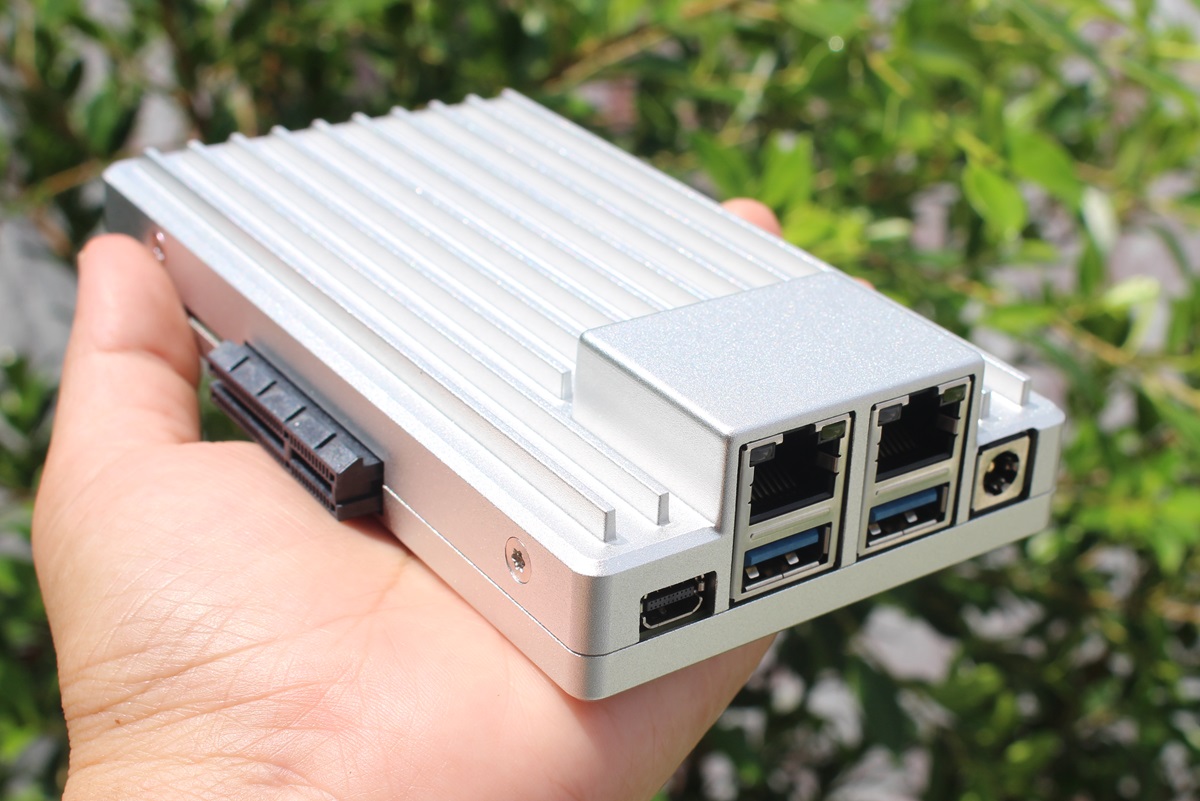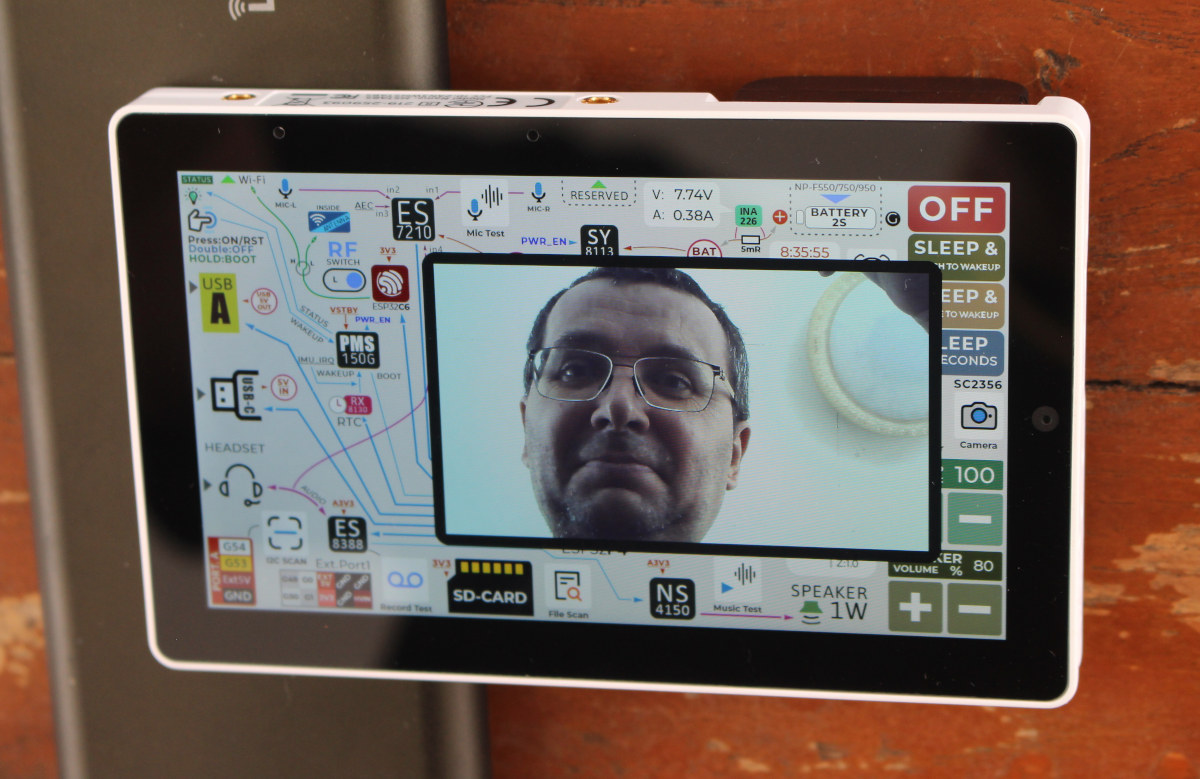IVMECH Mechatronics’ PitFusion is a thermal imager designed for the Raspberry Pi based on a Melexis MLX90640 32×24 thermal sensor and an Adafruit 0V5647 RGB sensor comparable to the Raspberry Pi Camera Module v1.3. The kit enables users to capture thermal and visible images simultaneously, and can be useful for automation, robotics, security (human/pet motion detection), non-contact temperature measurement, and environmental monitoring applications. PiFusion specifications: Thermal Sensor – Adafruit LX90640 with 32 x 24 pixel array Camera Sensor – Adafruit 0V5647 comparable to the RPi Camera Module v1.3 with 2592 x 1944 resolution Temperature Range – -40°C to 300°C Frame Rate – Up to 32 Hz (thermal), 30 fps (camera) Spectral Range – 8 µm to 14 µm (optimal for human body and object detection) Host Interfaces – I2C for thermal sensor, CSI for camera) Dimensions – 40 x 30 x 10 mm Weight – 15 grams IVMECH says the […]
TexHoo QN15 – A sub $100 mini PC with Intel Processor N150 CPU
Once entry-level Intel processors have been on the market for long enough, we often start to see systems sell for under $100. The TexHoo QN15 mini PC is offered with a recent Intel Processor N150 Twin Lake CPU for just around $100 in its barebone configuration with WiFi 5, but no RAM, and no storage. The mini PC supports DDR4 memory and NVMe and SATA storage, and offers two 4K-capable HDMI ports, gigabit Ethernet, a M.2 socket for WiFi and Bluetooth, and five USB ports with two USB 3.2, two USB 2.0, and a USB Type-C port. TexHoo QN15 specifications: SoC – Intel Processor N150 quad-core Twin Lake processor @ up to 3.6 GHz (Turbo) with 6MB cache, 24EU Intel UHD graphics @ 1.0 GHz; TDP: 6W System Memory – SO-DIMM socket for DDR4-2666/32000 up to 32GB Storage M.2 2280 socket for SATA or NVMe SSD 2.5-inch SATA bay (proprietary SATA […]
Arm introduces new product naming architecture for infrastructure, PC, mobile, automotive, and IoT
We all know that Arm Cortex-A are application cores, Cortex-M microcontroller-class cores, and Cortex-R real-time cores used in various applications from IoT to automotive or architecture. But this may soon be thrown out of the window, as Rene Haas, Arm CEO, has published a short post entitled “The Arm Evolution: From IP to Platform for the AI Era” introducing a new product naming architecture with five categories: Arm Neoverse for infrastructure Arm Niva for PC Arm Lumex for mobile Arm Zena for automotive Arm Orbis for IoT While it’s not explicitly stated in the post, I assume that means the Cortex naming goes away because we’re told the Mali brand will continue as the GPU brand, and the Arm Neoverse N1, based on Cortex-A76, is an example where Cortex branding is not used anymore. So I understand, they just decided to apply similar naming to all the product lines, although […]
Satellite1 Dev Kit is an Home Assistant-compatible DIY voice assistant with ESP32-S3 module, XMOS XU316 audio processor
FutureProofHomes’ Satellite1 Dev Kit is a DIY voice assistant comprised of an ESP32-S3 WiFi and Bluetooth board running ESPHome and an audio “HAT” based on XMOS XU316 audio processor designed for Home Assistant compatibility. It can be used as a smart speaker with a 25W amplifier, a headphone jack, and a built-in 4-microphone array, a music player, and an environmental monitoring system with temperature, humidity, luminosity, and presence sensors. The HAT can also be used with a Raspberry Pi with a 40-pin GPIO header, and two extra 40-pin connectors are reserved for future accessories. Satellite1 Dev Kit specifications: Wireless SoC – Espressif Systems ESP32-S3 CPU – Dual-core 32-bit LX7 processor running at 240 MHz Memory – 512 KB SRAM, 8 MB PSRAM. Storage – 16 MB Flash Wireless – WiFi 4 and Bluetooth 5.x Audio Processor – XMOS XU316 (XU316-1024-QF60V-I32) 16-core 32-bit RISC processor running at 800 MHz with […]
SmartWings Smart Shade Review – An outdoor, solar-powered Matter shade tested with Apple HomeKit and Home Assistant
Recently, we received a custom-made-to-order smart shade from SmartWings for review. We never heard about SmartWings before, but the company claims to have been in the smart blind/shade and home automation industry for over 15 years. Their standout feature is the high degree of customisation they offer—whether it’s the type of shade, custom size up to almost 3 meters in width and height, various fabric styles, and compatibility with major Smart Home platforms like Amazon Alexa, Google Home, Apple HomeKit, Samsung SmartThings, Home Assistant, and Hubitat. SmartWings asked us to select a location in the house where we wanted to review the smart shade. We wanted to review a solar-powered outdoor shade, so we selected a windowed door with direct sunlight. We carefully measured the dimensions following the instructions on the company’s website to understand the process. We had to select the shade type, privacy level of the fabric (openness), […]
ZimaBoard 2 micro server review – Part 1: Unboxing, teardown, and ZimaOS interface
We’ve just received a review sample of the ZimaBoard 2 micro server and mini PC powered by an Intel Processor N150 “Twin Lake” CPU. The system features two 2.5 Gbps Ethernet ports, two SATA III ports, two USB 3.1 ports, and a miniDP video port supporting 4K resolution. IceWhale Technology provided us with the ZimaBoard 2 model 832 prototype with 8GB RAM and 32GB eMMC flash preloaded with the ZimaOS operating system for review. In this article, we will unbox the device and its accessories, perform a teardown, and boot the micro server with the pre-installed ZimaOS and check the web dashboard. In the second part of the review, we will test ZimaOS in more detail, run some benchmarks since it’s our first Twin Lake mini PC, install an Ubuntu virtual machine, test the SATA ports and PCIe 3.0 x4 slot, and more. ZimaBoard 2 unboxing We received a package […]
Backy is a nRF52840-powered wearable for real-time posture monitoring and injury prevention
TACNIQ Backy is an AI-enabled wearable monitoring device designed to reduce workplace injuries caused by improper lifting and posture, based on a Nordic nRF52840 wireless microcontroller and a 6-point piezo-resistive sensor array measuring direct force sensing. While most ergonomic tools rely on motion tracking or vision-based systems, Backy relies on direct force sensing and embedded AI inference, and the company claims it provides real-time, direct strain detection at a lower cost than competing solutions while keeping costs low and precision high. Backy specifications: SoC – Nordic Semi nRF52840 ARM Cortex-M4 microcontroller with Bluetooth LE 5.0 Data Storage – Onboard, with local/cloud sync options Sensors – 6-point piezo-resistive pressure array + tilt sensing Feedback – 5G-force vibration motor for posture alerts Calibration – Auto-calibrates in ~3 seconds Connectivity – BLE 5.0, USB for charging and updates Features Optional SMS/Telegram supervisor notifications Open API (REST/Tag-based protocols) Security – End-to-end encryption; note: disabled […]
M5Stack Tab5 Review – Part 1: Unboxing, teardown, and first try of the ESP32-P4 and ESP32-C6 5-inch IoT devkit
I’ve just received a review sample of the M5Stack Tab5 ESP32-P4 IoT development kit, which looks like a small tablet with a 5-inch touchscreen display, a 2MP front-facing camera, an ESP32-C6 WiFi 6, Bluetooth, and 802.15.4 wireless module, and various expansion interfaces. Today, I’ll go through an unboxing, a (partial) teardown, and have a quick try with the default firmware and GUI, before checking out how to program the device in the second part of the review. M5Stack Tab5 unboxing I received the Tab5 in its retail package along with an M5Stack-branded transparent sticky tape roll. Not sure why, but thanks M5Stack, sticky tape is always useful, so appreciated! The bottom side of the package has all the key features and specifications that we already covered in our article about the Tab5. The package contains the Tab5 itself, a 2,000mAh/14.8Wh battery, and a cable with six wires for the ExtPort2 […]

